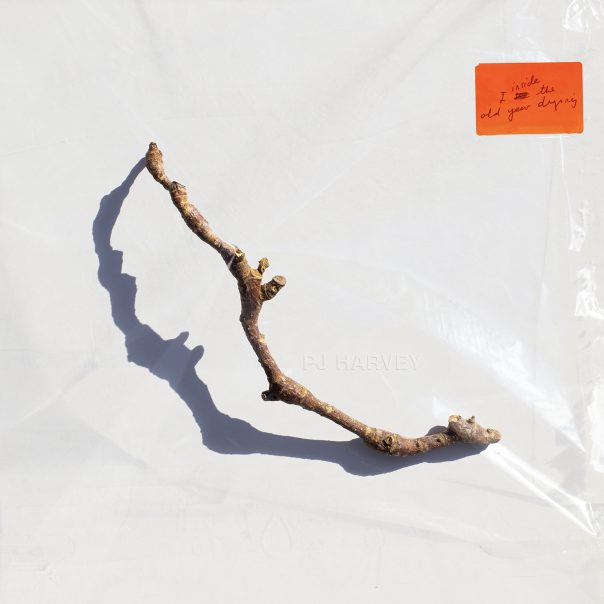ALBUM REVIEW: PJ Harvey lets art come at its own pace on ‘I Inside the Old Year Dying’

PJ Harvey, “I Inside the Old Year Dying.”
Rock and grunge pioneer PJ Harvey has consistently changed her sound and structure with each album. I Inside the Old Year Dying, the British singer-songwriter’s first album in seven years and her 10th overall, is yet another example of her artistic and vocal prowess. and of her fearlessness in diving headfirst into new territory.
I Inside the Old Year Dying
PJ Harvey
Partisan, July 7
9/10
Get the album on Amazon Music.
While 2011’s Let England Shake was loud and politically charged, here Polly Jean Harvey takes a step back and explores her own growth.
This record is deeply personal from the get-go; a love letter that the multi-Mercury-Music-Prize-winner wrote to herself to ignite a creative spark during a quiet period in her life. Flood and John Parish produced the album, and Parish also accompanied Harvey, along with Cecil and Ben Whishaw. It’s an evocative journey into her mind and creative process.
In a way, this body of work is Harvey’s way of connecting to her younger self – a version less jaded by the lifestyle of being a major artist who’s constantly creating, releasing and touring one record after another. This sentiment is seen throughout this album, particularly on lead single “A Child’s Question, August.” The song is a beautiful and nostalgic lullaby that hints at 2007’s White Chalk with poetic lyrics inspired by “Macbeth.”
“Starling swarms will soon be lorn/ Rooks tell stories ’cross the corn/ Goocoo soon will ’es leave make/ Swifts abandon autumn’s ache/ What says dunnick, drush or dove?/ Love Me Tender?/ Tender love?” she sings.
The title track and the similarly titled “I Inside the Old I Dying” are both as soft as they are eerie, with a steady, slow ascending percussion.
“Slip from my childhood skin/ I zing through the forest/ I hover in the hallway/ And laugh into the leaves,” she sings on the latter. The backing vocals, guitars, field recordings and biblical references accompanying the black and white stop-motion video directed by Cristóbal León and Joaquín Cociña add more depth.
Penultimate song “A Child’s Question, July” is more upbeat, but lyrically goes hand in hand with the rest of the album, which incorporates themes like summer, death and rebirth – plausibly a testimonial to the artistic creation process of the album itself.
“All Souls,” on the other hand, is a drastic shift from the more acoustic feel of the singles, with Harvey singing and counting in a whisper alongside a synth that, in the beginning, emulates pop or electronic music before the percussion and piano slowly creep in and darken the energy of it all. “Seem an I” is an earworm that incorporates gradual layering and building on what starts off as Harvey’s solo vocals and into what sounds a bit like Nirvana’s “Polly” or “Dumb.”
One of the most intriguing aspects of PJ Harvey’s catalog is that she doesn’t limit herself to one tone or genre, nor does she shy away from using her voice in unconventional ways, oftentimes singing in a drastic variety of ranges. The comparisons to Patti Smith or Yoko Ono are apt here.
She finds strength and inspiration in the uncomfortably unknown, and finds meaning in simply being true to where she is emotionally at the time. The message is at the forefront, and the music is simply the tool to help convey it. If anything, the way in which I Inside the Old Year Dying was formed is proof that letting go and allowing art to come together at its own pace can be worthwhile.
Follow writer Vera Maksymiuk at Twitter.com/veramaksymiuk.
